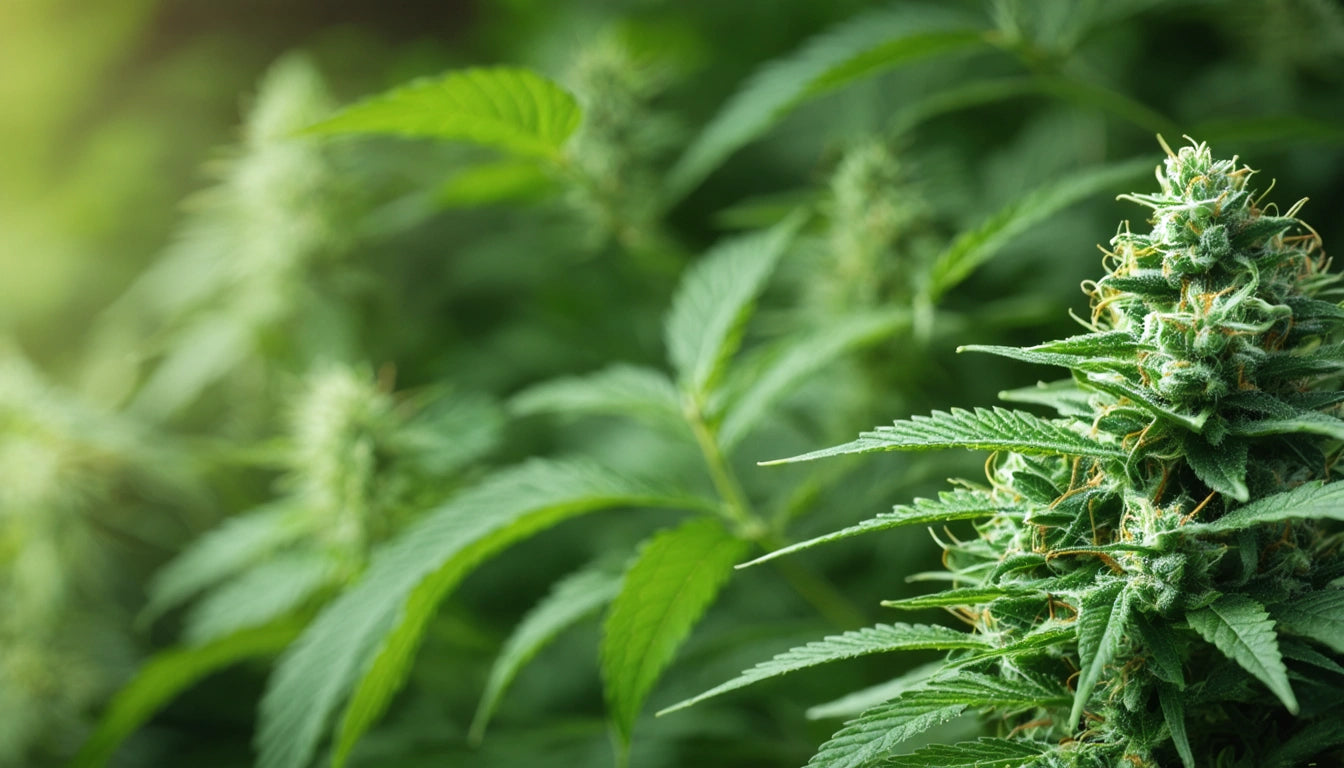Table of Contents
- Understanding Cannabis: Plant Properties and Compounds
- Medical Benefits of Marijuana: Evidence-Based Applications
- Specific Health Conditions Treated with Cannabis
- Cannabis Consumption Methods and Their Benefits
- Economic Impact of Medical and Recreational Cannabis
- Future Directions in Cannabis Research and Regulation
Exploring the Health and Economic Benefits of Marijuana and Cannabis
Cannabis has emerged from decades of prohibition into a new era of scientific exploration and medical application. As research expands, so does our understanding of the health benefits of marijuana and its potential economic advantages. This comprehensive guide examines both aspects, providing evidence-based insights into how cannabis serves medical needs while creating economic opportunities.
Understanding Cannabis: Plant Properties and Compounds
Cannabis contains over 100 cannabinoids, with THC (tetrahydrocannabinol) and CBD (cannabidiol) being the most studied. These compounds interact with the body's endocannabinoid system, which regulates various physiological processes including pain sensation, mood, appetite, and immune function.
According to research on marijuana's effects, cannabinoids can produce therapeutic outcomes by binding to specific receptors throughout the body. This interaction forms the foundation for many of the medical benefits of cannabis observed in clinical settings.
Medical Benefits of Marijuana: Evidence-Based Applications
The health benefits of medical marijuana are increasingly supported by scientific research. Clinical studies demonstrate efficacy in several key areas:
- Chronic pain management
- Nausea and vomiting reduction during chemotherapy
- Muscle spasticity treatment in multiple sclerosis
- Appetite stimulation for patients with wasting conditions
- Seizure frequency reduction in certain forms of epilepsy
As outlined in this comprehensive guide, medical marijuana offers therapeutic potential for conditions that may not respond well to conventional treatments.
Specific Health Conditions Treated with Cannabis
Cancer Treatment Support
The benefits of marijuana for cancer treatments include managing chemotherapy-induced nausea, stimulating appetite, and potentially providing pain relief. Some research suggests cannabinoids may have anti-tumor properties, though more studies are needed to confirm these effects.
Cannabis and cancer research continues to evolve, with promising results for symptom management that improves patient comfort during treatment.
Neurological Disorders
For conditions like epilepsy, multiple sclerosis, and Parkinson's disease, cannabis has shown potential in reducing symptoms and improving patient outcomes. CBD specifically has been approved by the FDA for certain forms of epilepsy after demonstrating significant seizure reduction.
Mental Health Applications
While research is still developing, some studies suggest benefits for anxiety, PTSD, and certain mood disorders. However, caution is warranted as THC may exacerbate symptoms in some individuals, particularly those predisposed to psychosis.
Cannabis Consumption Methods and Their Benefits
The method of consumption significantly impacts how cannabis affects the body. Options include:
Inhalation (Smoking and Vaporizing)
Smoking provides rapid onset of effects but may pose respiratory concerns. Many consumers are turning to pre-rolled custom cones for convenience and consistent dosing, especially for medical users seeking reliable relief.
Oral Consumption
The benefits of cannabis tea and edibles include longer-lasting effects and avoiding respiratory risks. However, onset is delayed, typically taking 30-90 minutes, and dosing can be challenging for beginners.
Topical Applications
Cannabis-infused creams and balms provide localized relief without psychoactive effects, making them suitable for treating skin conditions and localized pain.
Tinctures and Oils
These offer precise dosing and flexibility, allowing for sublingual administration that provides faster onset than edibles but longer duration than inhalation.
Economic Impact of Medical and Recreational Cannabis
The economic benefits of medical marijuana extend beyond patient care to community development and tax revenue generation.
Job Creation
The cannabis industry creates diverse employment opportunities across cultivation, processing, testing, retail, and ancillary services. These positions range from entry-level to specialized scientific and technical roles.
Tax Revenue Generation
States with legalized cannabis report significant tax revenue that often funds education, healthcare, and infrastructure. Economic analyses show these benefits can substantially impact state budgets.
Local Economic Development
Communities like Ann Arbor, Michigan have experienced the benefits of marijuana through revitalized commercial districts, increased property values, and tourism growth. This local impact creates a multiplier effect throughout regional economies.
Healthcare Cost Reduction
The potential healthcare savings from cannabis as an alternative to more expensive pharmaceuticals represents another economic advantage, particularly for chronic pain management and reducing opioid dependence.
Future Directions in Cannabis Research and Regulation
As our understanding of what cannabis can help with expands, several promising areas deserve attention:
- Standardization of medical cannabis products for consistent therapeutic outcomes
- Development of cannabinoid medications targeting specific conditions
- Expansion of insurance coverage for medical marijuana treatments
- Integration of cannabis medicine into mainstream healthcare education
- Refinement of regulations to balance access with public health considerations
The health benefits of pot and the economic advantages of cannabis legalization continue to be revealed through ongoing research. As regulatory frameworks evolve, both patients and communities stand to benefit from thoughtful policies that maximize positive outcomes while minimizing potential harms.
The future of cannabis as medicine and economic driver remains bright, with continued discoveries about the benefits of cannabis leaves, extracts, and derivatives likely to expand applications and acceptance in coming years.











Leave a comment
All comments are moderated before being published.
This site is protected by hCaptcha and the hCaptcha Privacy Policy and Terms of Service apply.